Tunnels have been integral to human civilization, serving various purposes from transportation and storage to secret passages and innovative architectural designs. While the idea of having a tunnel on your property might seem unconventional, it offers numerous benefits and opportunities. Whether you’re considering a tunnel for practical reasons, such as improved access or security, or creative purposes, like adding a unique feature to your landscape, this comprehensive Expert Guide to Buying a Tunnel will walk you through everything you need to know about buying and installing a tunnel on your property.

Understanding the Different Types of Tunnels
Before embarking on your tunnel project, it’s essential to understand the various types of tunnels available and their respective uses. Each type of tunnel serves different purposes and comes with unique construction requirements and considerations.
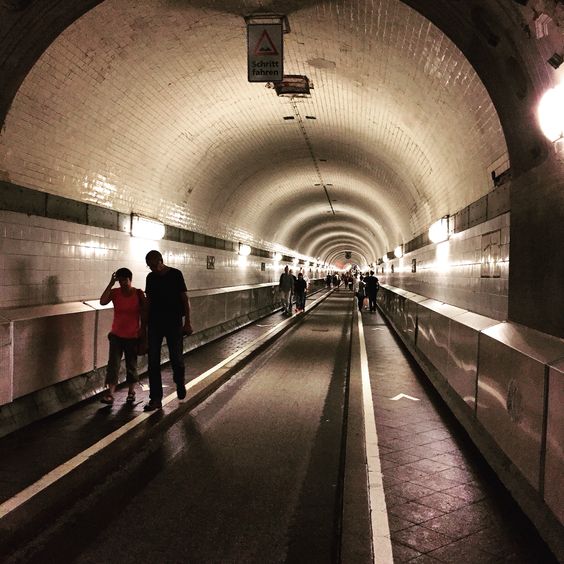
Pedestrian Tunnels
Pedestrian tunnels are designed for people to walk through. They are commonly used to connect different parts of a property, such as between buildings, across busy roads, or underneath gardens. These tunnels prioritize safety and accessibility, often featuring lighting, ventilation, and non-slip surfaces.
Vehicle Tunnels
Vehicle tunnels accommodate cars, trucks, and other vehicles. They are typically larger and more robust than pedestrian tunnels, designed to handle heavy loads and ensure safe passage. Vehicle tunnels are ideal for properties with extensive grounds or multiple entry points.

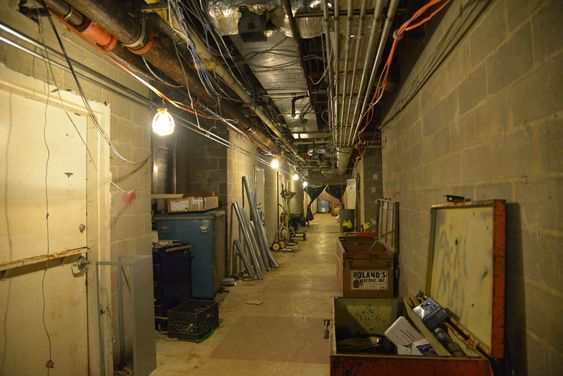
Utility Tunnels
Utility tunnels house essential services such as water pipes, electrical cables, and communication lines. These tunnels provide easy access for maintenance and repairs, protecting critical infrastructure from external damage and environmental factors.
Storage Tunnels
Storage tunnels offer a secure and weather-protected space for storing various items, from agricultural produce and equipment to wine collections and personal belongings. These tunnels are often climate-controlled to preserve the quality and longevity of the stored items.
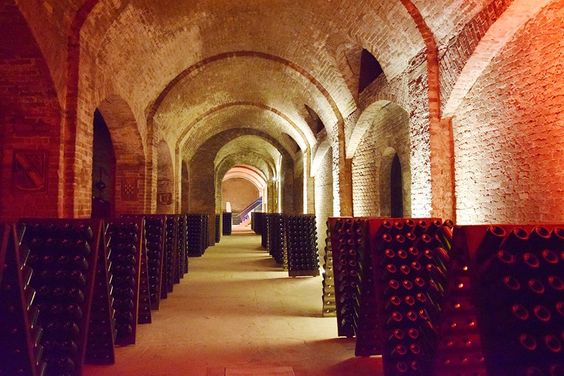
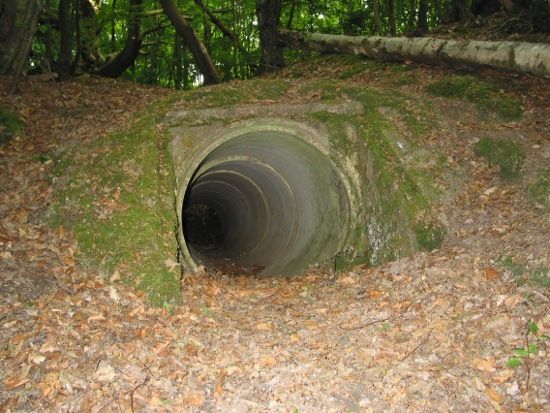
Secret and Escape Tunnels
Historically used in castles and fortified buildings, secret and escape tunnels provide a discreet and secure passage in and out of a property. Modern applications include security features for high-profile individuals or hidden pathways for added privacy.
Assessing the Feasibility of a Tunnel on Your Property
Before proceeding with the construction of a tunnel, it’s crucial to assess the feasibility of the project. This involves evaluating the property’s geological conditions, legal requirements, and potential impact on the surrounding environment.
Geological Survey
Conducting a geological survey is the first step in assessing the feasibility of a tunnel. A professional geologist will analyze the soil composition, rock formations, and groundwater levels to determine the suitability of the site for tunnel construction. Understanding these factors is critical for designing a structurally sound and safe tunnel.
Legal and Regulatory Considerations
Building a tunnel involves navigating various legal and regulatory requirements. These can include zoning laws, building codes, environmental regulations, and permits. Consulting with local authorities and legal experts ensures compliance with all necessary regulations and prevents potential legal issues.
Environmental Impact
Evaluating the environmental impact of your tunnel project is essential for preserving the surrounding ecosystem and mitigating any negative effects. This assessment includes analyzing the potential disruption to local wildlife, water drainage patterns, and vegetation. Implementing eco-friendly practices and materials can help minimize the environmental footprint of the tunnel.
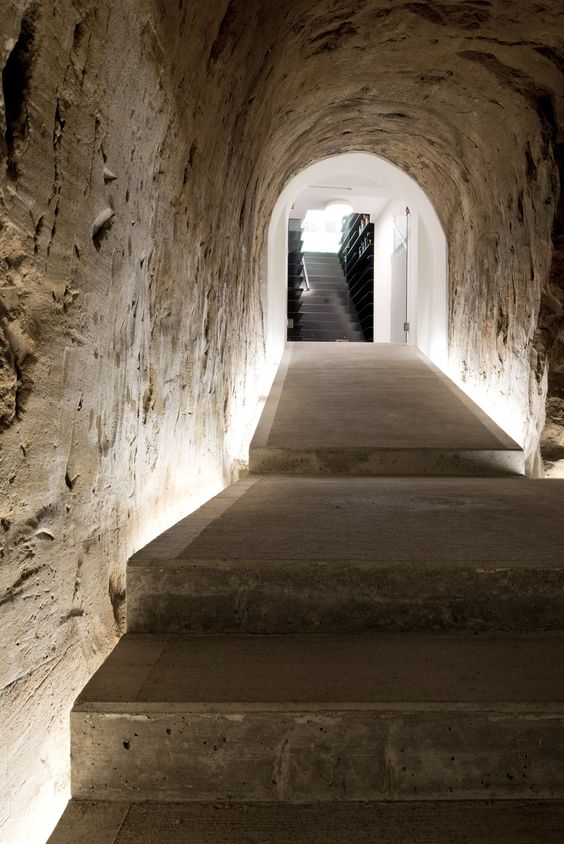
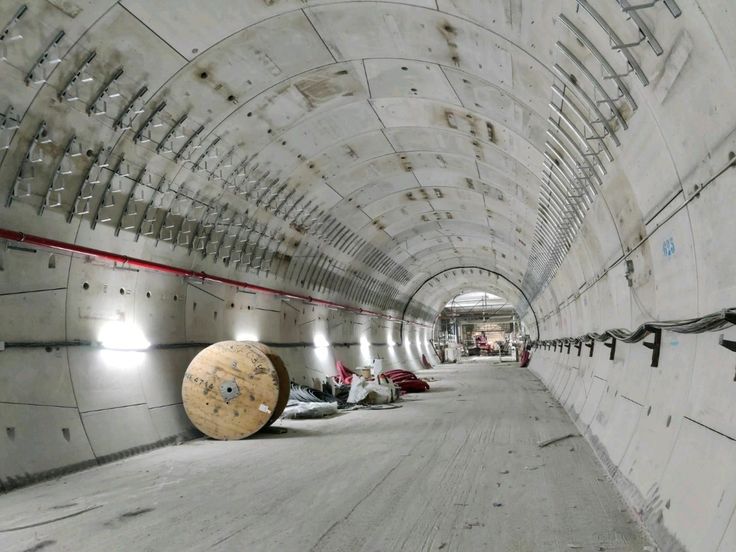
Budget and Financing
Determining the budget for your tunnel project is a crucial step. Consider costs such as design, materials, construction, labor, and permits. Additionally, explore financing options, including loans, grants, and private investments, to ensure the project is financially viable.
Designing Your Tunnel
Designing a tunnel requires careful planning and consideration of various factors to ensure it meets your needs and blends seamlessly with your property. Collaborating with architects, engineers, and designers can help bring your vision to life.
Purpose and Functionality
Define the primary purpose and functionality of your tunnel. Whether it’s for pedestrian access, vehicle passage, utility housing, or storage, understanding its intended use will guide the design process and ensure it meets your specific requirements.
Size and Dimensions
Determine the appropriate size and dimensions of your tunnel based on its intended use. Consider factors such as height, width, and length to accommodate the necessary activities and equipment. For example, a pedestrian tunnel may require a height of at least 7 feet, while a vehicle tunnel may need a width of 10 to 12 feet.
Structural Integrity
Ensuring the structural integrity of the tunnel is paramount for safety and longevity. Collaborate with structural engineers to design a tunnel that can withstand environmental pressures, seismic activity, and heavy loads. Consider materials such as reinforced concrete, steel, or prefabricated sections for added strength.
Ventilation and Lighting
Proper ventilation and lighting are essential for creating a safe and comfortable tunnel environment. Design a ventilation system that ensures adequate airflow, prevents moisture buildup, and maintains air quality. Incorporate lighting solutions such as LED fixtures, skylights, or natural light openings to enhance visibility and create a welcoming atmosphere.
Aesthetic Considerations
Incorporate aesthetic elements that complement your property’s overall design and landscape. Consider using decorative finishes, landscaping, and architectural features to integrate the tunnel seamlessly into its surroundings. A well-designed tunnel can enhance the property’s visual appeal and add value.
Construction and Installation
The construction and installation phase involves translating your tunnel design into reality. This process requires meticulous planning, coordination, and execution to ensure a successful and timely project completion.
Hiring Qualified Professionals
Engage experienced and qualified professionals, including contractors, engineers, and construction workers, to execute your tunnel project. Verify their credentials, references, and previous work to ensure they have the necessary expertise and skills.
Excavation and Site Preparation
Excavation is the first step in the construction process. Clear the site of any obstructions, and use appropriate excavation equipment to dig the tunnel path. Ensure that the excavation process is carried out safely and efficiently, with measures in place to prevent soil erosion and collapse.
Structural Framework
Construct the structural framework of the tunnel using the chosen materials. This may involve assembling prefabricated sections, pouring concrete, or erecting steel supports. Ensure that the framework is securely anchored and aligned according to the design specifications.
Waterproofing and Drainage
Implement waterproofing solutions to protect the tunnel from water infiltration and damage. Use waterproof membranes, sealants, and drainage systems to manage groundwater and prevent moisture buildup. Proper drainage is essential for maintaining the tunnel’s structural integrity and usability.
Ventilation and Electrical Systems
Install ventilation and electrical systems to ensure a safe and functional tunnel environment. This includes setting up ventilation ducts, fans, lighting fixtures, and electrical wiring. Ensure that all installations comply with safety standards and building codes.
Finishing Touches
Add finishing touches to enhance the tunnel’s aesthetics and functionality. This may include painting, installing flooring, adding decorative elements, and landscaping the entrance and exit points. Ensure that the tunnel is clean, well-lit, and inviting for its intended use.

Maintenance and Safety
Maintaining and ensuring the safety of your tunnel is crucial for its long-term functionality and user satisfaction. Regular inspections, maintenance, and safety measures are essential for preventing issues and prolonging the tunnel’s lifespan.
Regular Inspections
Conduct regular inspections to identify and address any structural, electrical, or ventilation issues. Inspect the tunnel for signs of wear and tear, water damage, or pest infestations. Promptly address any problems to prevent further deterioration and ensure safety.
Cleaning and Upkeep
Keep the tunnel clean and free of debris, dirt, and obstructions. Regular cleaning and upkeep maintain the tunnel’s appearance and functionality. Use appropriate cleaning products and techniques to preserve the materials and finishes.
Safety Measures
Implement safety measures to protect users and maintain a secure environment. This includes installing emergency lighting, fire extinguishers, and alarm systems. Ensure that the tunnel has clear signage and markings to guide users safely.
Addressing Repairs
Promptly address any repairs or maintenance needs to prevent small issues from becoming major problems. Hire qualified professionals to perform repairs and ensure that all work meets safety standards and regulations.
Monitoring Systems
Consider installing monitoring systems to oversee the tunnel’s condition and security. This may include surveillance cameras, sensors, and remote monitoring systems. Regularly review the monitoring data to identify any potential issues and take corrective action.

Innovative Uses for Tunnels
Beyond their traditional applications, tunnels offer innovative and creative uses that can enhance the functionality and appeal of your property. Explore unique ways to incorporate tunnels into your property for added value and enjoyment.
Underground Gardens
Create an underground garden within your tunnel to cultivate plants in a controlled environment. Use hydroponic or aeroponic systems to grow a variety of plants, from vegetables and herbs to ornamental flowers. An underground garden can provide fresh produce year-round and add a unique feature to your property.
Wine Cellars
Convert your tunnel into a wine cellar for storing and aging wine in optimal conditions. The cool, stable temperature and humidity levels of an underground tunnel make it an ideal environment for wine storage. Install custom racks, climate control systems, and tasting areas to create a functional and luxurious wine cellar.
Home Theaters
Design a home theater within your tunnel for an immersive entertainment experience. Soundproof the tunnel and install high-quality audio and visual equipment, comfortable seating, and ambient lighting. A tunnel home theater offers a private and unique space for enjoying movies, music, and games.
Art Galleries
Transform your tunnel into an art gallery to showcase your collection of paintings, sculptures, and other artworks. Use creative lighting and display techniques to highlight each piece. An underground art gallery provides a controlled environment for preserving and displaying art.
Historical Exhibits
Create a historical exhibit within your tunnel to showcase artifacts, documents, and memorabilia related to your property’s history or a specific theme. Use interactive displays, multimedia presentations, and informative signage to engage visitors and create an educational experience.
Private Fitness Centers
Convert your tunnel into a private fitness center with workout equipment, mirrors, and exercise mats. Install ventilation and climate control systems to create a comfortable environment for workouts. A tunnel fitness center offers a dedicated space for maintaining a healthy lifestyle.

Case Studies and Success Stories
Exploring real-life case studies and success stories can provide inspiration and insights for your tunnel project. Learn from the experiences of others who have successfully implemented tunnels on their properties.
Residential Property with Pedestrian Tunnel
A family in the countryside wanted to connect their main house with a guest cottage located across a busy road. They constructed a pedestrian tunnel to provide a safe and convenient passage between the two buildings. The tunnel was designed with natural lighting, ventilation, and decorative finishes, creating an inviting and functional space. The project enhanced the property’s accessibility and safety, allowing family members and guests to move freely and comfortably.
Urban Commercial Property with Utility Tunnel
A commercial building in a busy urban area required an efficient way to house and access utility lines without disrupting the surrounding infrastructure. The property owners built a utility tunnel to accommodate electrical cables, water pipes, and communication lines. The tunnel provided easy access for maintenance and repairs, minimizing downtime and ensuring uninterrupted services. The project demonstrated the practicality and efficiency of using tunnels for utility management in urban settings.
Luxury Estate with Wine Cellar Tunnel
A luxury estate owner wanted to create a unique and sophisticated wine cellar on their property. They constructed an underground tunnel to house their extensive wine collection. The tunnel was equipped with climate control systems, custom wine racks, and tasting areas. The wine cellar tunnel provided an ideal environment for aging and storing wine, adding a luxurious and functional feature to the estate. The project showcased the versatility and elegance of using tunnels for specialized purposes.
Historical Property with Secret Tunnel
A historical property with a rich heritage featured a secret tunnel used during wartime for discreet passage. The current owners restored and preserved the tunnel, converting it into a historical exhibit. The tunnel showcased artifacts, photographs, and documents related to its history, creating an engaging and educational experience for visitors. The project highlighted the importance of preserving historical tunnels and their significance in telling the story of the past.
Check out our Tunnels | Topic Page.

People Also Ask
What are the key benefits of having a tunnel on my property?
Having a tunnel on your property offers various benefits, including improved access, enhanced security, increased storage options, and unique architectural features. Tunnels can connect different parts of a property, house utilities, provide discreet passages, and add value and appeal to the property.
How do I determine the feasibility of a tunnel project on my property?
To determine the feasibility of a tunnel project, conduct a geological survey to assess soil composition and groundwater levels. Consult with local authorities to understand legal and regulatory requirements, and evaluate the environmental impact. Additionally, consider your budget and financing options to ensure the project is financially viable.
What are the key design considerations for a tunnel?
Key design considerations for a tunnel include defining its purpose and functionality, determining the appropriate size and dimensions, ensuring structural integrity, incorporating ventilation and lighting systems, and considering aesthetic elements that complement your property’s design and landscape.
How do I maintain and ensure the safety of my tunnel?
Maintain and ensure the safety of your tunnel by conducting regular inspections, keeping the tunnel clean and free of debris, implementing safety measures such as emergency lighting and fire extinguishers, addressing repairs promptly, and installing monitoring systems to oversee the tunnel’s condition and security.
What are some innovative uses for tunnels on a property?
Innovative uses for tunnels include creating underground gardens, wine cellars, home theaters, art galleries, historical exhibits, and private fitness centers. These unique applications enhance the functionality and appeal of your property, providing specialized spaces for various activities and interests.
Conclusion
Buying and installing a tunnel on your property is a significant undertaking that offers numerous benefits and opportunities. Whether for practical purposes, such as improved access and utility management, or for creative applications, like wine cellars and art galleries, a well-designed tunnel can enhance the functionality, safety, and appeal of your property. By understanding the different types of tunnels, assessing feasibility, designing with care, and ensuring proper construction and maintenance, you can successfully implement a tunnel project that meets your needs and adds value to your property. Embrace the potential of tunnels to transform your property into a unique and versatile space that reflects your vision and aspirations.


